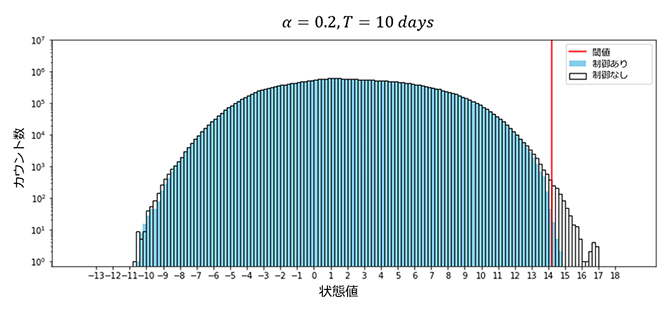2023-06-20 チャルマース工科大学
◆このプログラムは量子部品の高度なシミュレーションと分析を行うことができます。これにより、量子コンピューターの発展や社会的課題への応用が可能となることが期待されています。研究者と学生が量子物理学に取り組む際に役立つツールとなることを目指しています。
<関連情報>
- https://news.cision.com/chalmers/r/open-source-software-to-speed-up-quantum-research,c3790042
- https://pubs.aip.org/aip/apr/article/10/1/011317/2881439/SuperConga-An-open-source-framework-for-mesoscopic
SuperConga メゾスコピック超伝導のためのオープンソースフレームワーク
SuperConga: An open-source framework for mesoscopic superconductivity
P. Holmvall;N. Wall Wennerdal;M. Håkansson;P. Stadler;O. Shevtsov;T. Löfwander;M. Fogelström
Applied Physics Reviews Published:March 22 2023
DOI:https://doi.org/10.1063/5.0100324

We present SuperConga, an open-source framework for simulating equilibrium properties of unconventional and ballistic singlet superconductors, confined to two-dimensional (2D) mesoscopic grains in a perpendicular external magnetic field, at arbitrary low temperatures. It aims at being both fast and easy to use, enabling research without access to a computer cluster, and visualization in real-time with OpenGL. The core is written in C++ and CUDA, exploiting the embarrassingly parallel nature of the quasiclassical theory of superconductivity by utilizing the parallel computational power of modern graphics processing units. The framework self-consistently computes both the superconducting order-parameter and the induced vector potential and finds the current density, free energy, induced flux density, local density of states (LDOS), and the magnetic moment. A user-friendly Python frontend is provided, enabling simulation parameters to be defined via intuitive configuration files, or via the command-line interface, without requiring a deep understanding of implementation details. For example, complicated geometries can be created with relative ease. The framework ships with simple tools for analyzing and visualizing the results, including an interactive plotter for spectroscopy. An overview of the theory is presented, as well as examples showcasing the framework’s capabilities and ease of use. The framework is free to download from https://gitlab.com/superconga/superconga, which also links to the extensive user manual, containing even more examples, tutorials, and guides. To demonstrate and benchmark SuperConga, we study the magnetostatics, thermodynamics, and spectroscopy of various phenomena. In particular, we study flux quantization in solenoids, vortex physics, surface Andreev bound-states, and a “phase crystal.” We compare our numeric results with analytics and present experimental observables, e.g., the magnetic moment and LDOS, measurable with, for example, scanning probes, STM, and magnetometry.



